Background:
In the past, Huawei OBS was used to download pictures (that is, to view pictures through a browser), and the address was used to access OBS directly.
for example,
endpoint: obs-example-domain.cn
picture name: QCX% 2F1% 2f20210804% 2f2db3c4bb-0c2c-4c3c-84e0-7e131c1e8db61628047890560.jpg
Access address:
http://obs-example-domain.cn/qcx%2F1%2F20210804%2F2db3c4bb -0c2c-4c3c-84e0-7e131c1e8db61628047890560. jpg
WGet can download pictures from the above address.
However, if you use Python SDK to access, an error will be reported:
AK = 'PLAU4DD8EYVXSA****UL'
SK = 'MdNZCKgSwt9Qgq6ZXtaF7wtZOd8********xEiv'
server = "http://obs-example-domain.cn"
bucketName = 'qcx'
obsClient = ObsClient(access_key_id=AK, secret_access_key=SK, server=server)
name = "qcx%2F1%2F20210804%2F2db3c4bb-0c2c-4c3c-84e0-7e131c1e8db61628047890560.jpg"
resp = obsClient.getObject(bucketName, name, loadStreamInMemory=True)
print(resp.body)
Output: the specified key does not exist
In the above procedures: name = QCX% 2F1% 2f20210804% 2f2db3c4bb-0c2c-4c3c-84e0-7e131c1e8db61628047890560 jpg
Solution:
The picture name above is actually URLEncode. The original string urlcode can obtain:
qcx/1/20210804/2db3c4bb-0c2c-4c3c-84e0-7e131c1e8db61628047890560. jpg
Change the name in the above code to the picture name after URLDecode, that is:
name = "qcx/1/20210804/2db3c4bb-0c2c-4c3c-84e0-7e131c1e8db61628047890560.jpg"
You can get the picture correctly.
The function completion code
Picture browsing completed line:
Browser request img URL -> nginx -> API (with SK AK) – > obs -> Response API – > nginx -> browser
Python 2.7 (only this version is available on the server and cannot be upgraded to 3.X)
#coding=utf-8
from BaseHTTPServer import BaseHTTPRequestHandler
import urllib
import cgi
import os
import urllib
# print urllib.unquote('%E4%B8%89%E7%94%9F%E4%B8%89%E4%B8%96')
from obs import ObsClient
AK = 'PLAU4DD8EYVXSA****UL'
SK = 'MdNZCKgSwt9Qgq6ZXtaF7wtZOd8********xEiv'
server = "http://obs.cn-dchlw-1.digitalgd.com.cn"
bucketName = 'qcxx'
obsClient = ObsClient(access_key_id=AK, secret_access_key=SK, server=server)
cwd = os.getcwd()
class ObsHandler(BaseHTTPRequestHandler):
def do_GET(self):
path = urllib.unquote(self.path)
buf = ""
query_list = path.split("/") #auto urldecode
#print(query_list)
if query_list[1] == "obs":
name = "/".join(query_list[3:]).replace("?","") # for online
#name = urllib.unquote(name)
resp = obsClient.getObject(bucketName, name, loadStreamInMemory=True)
if resp.status < 300:
self.send_response(200)
buf = resp.body.buffer
else:
self.send_response(400)
self.end_headers()
self.wfile.write(buf)
def StartServer():
from BaseHTTPServer import HTTPServer
sever = HTTPServer(("",12000),ObsHandler)
sever.serve_forever()
if __name__=='__main__':
StartServer()
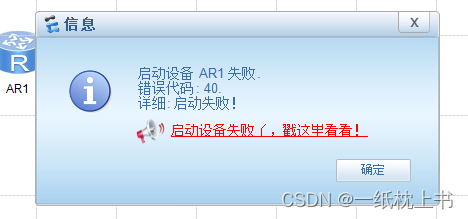
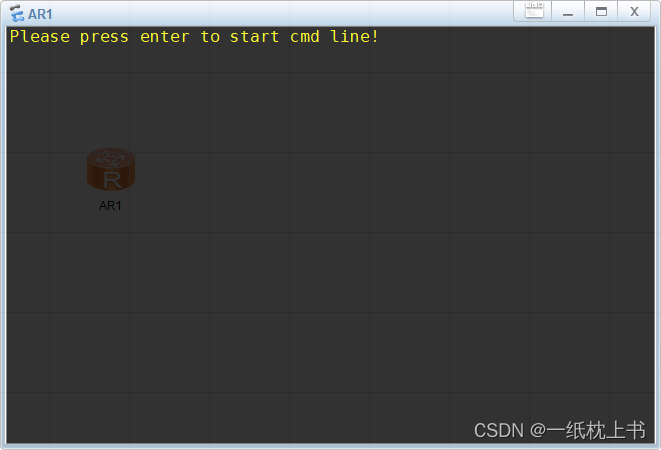



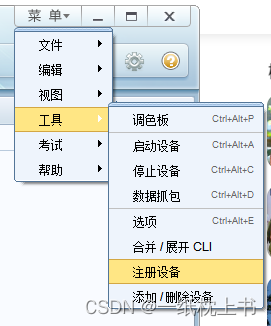
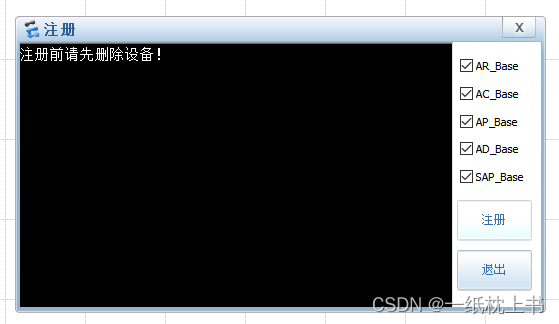
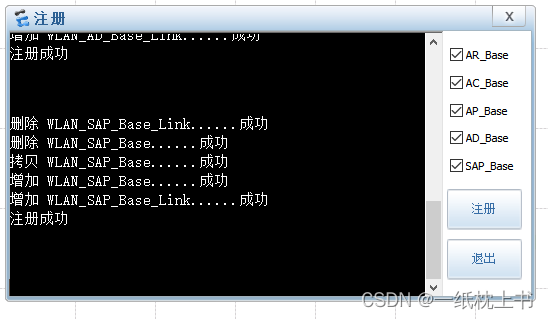

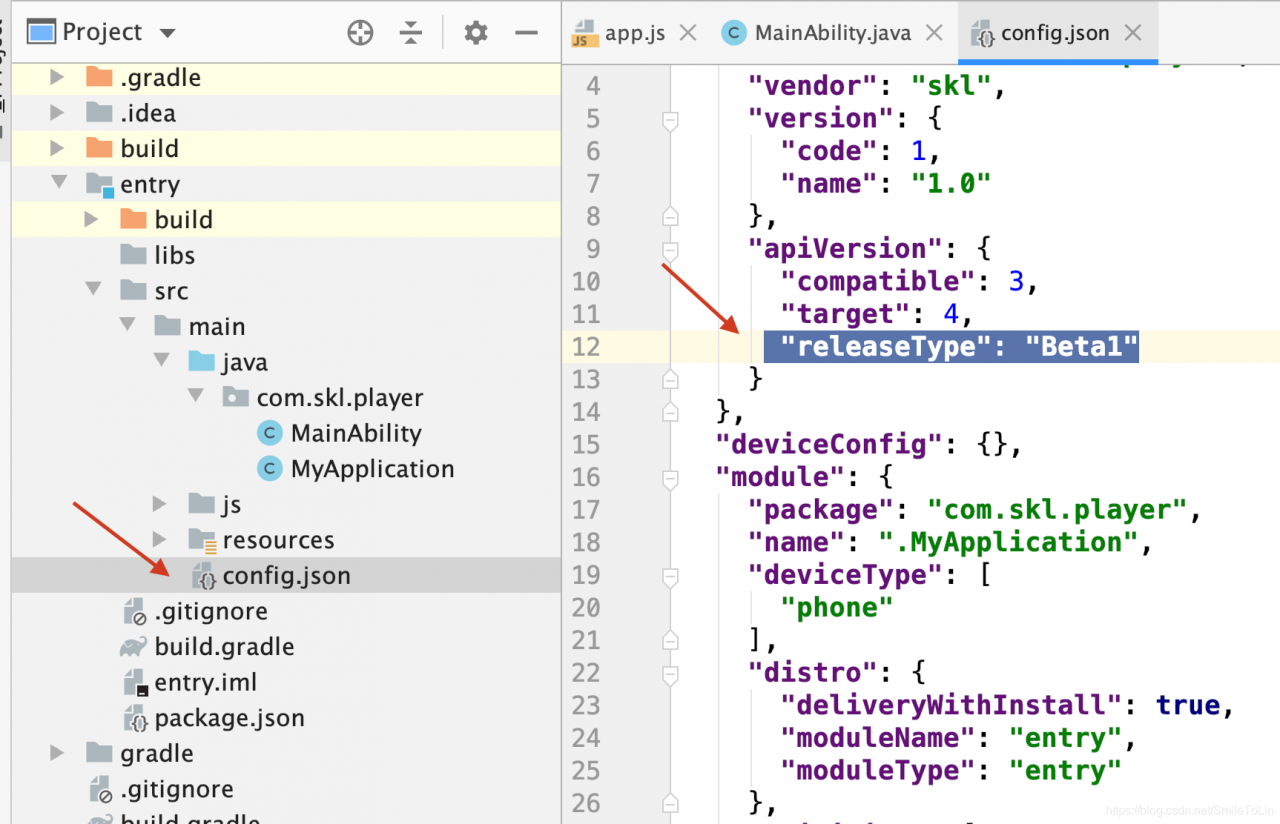
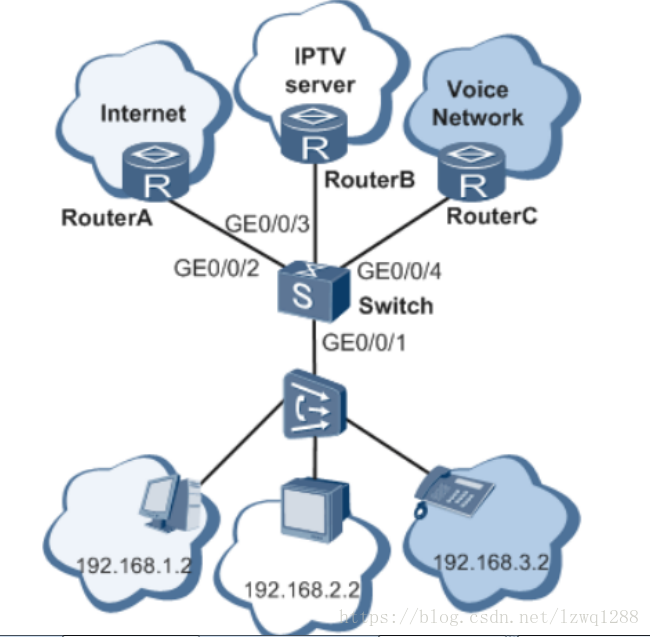 has a variety of businesses, such as IPTV, VoIP, Internet, etc. Each business USES different IP addresses. In order to facilitate management, it is necessary to divide the same type of business into the same VLAN and different types of business into different VLans.
has a variety of businesses, such as IPTV, VoIP, Internet, etc. Each business USES different IP addresses. In order to facilitate management, it is necessary to divide the same type of business into the same VLAN and different types of business into different VLans.